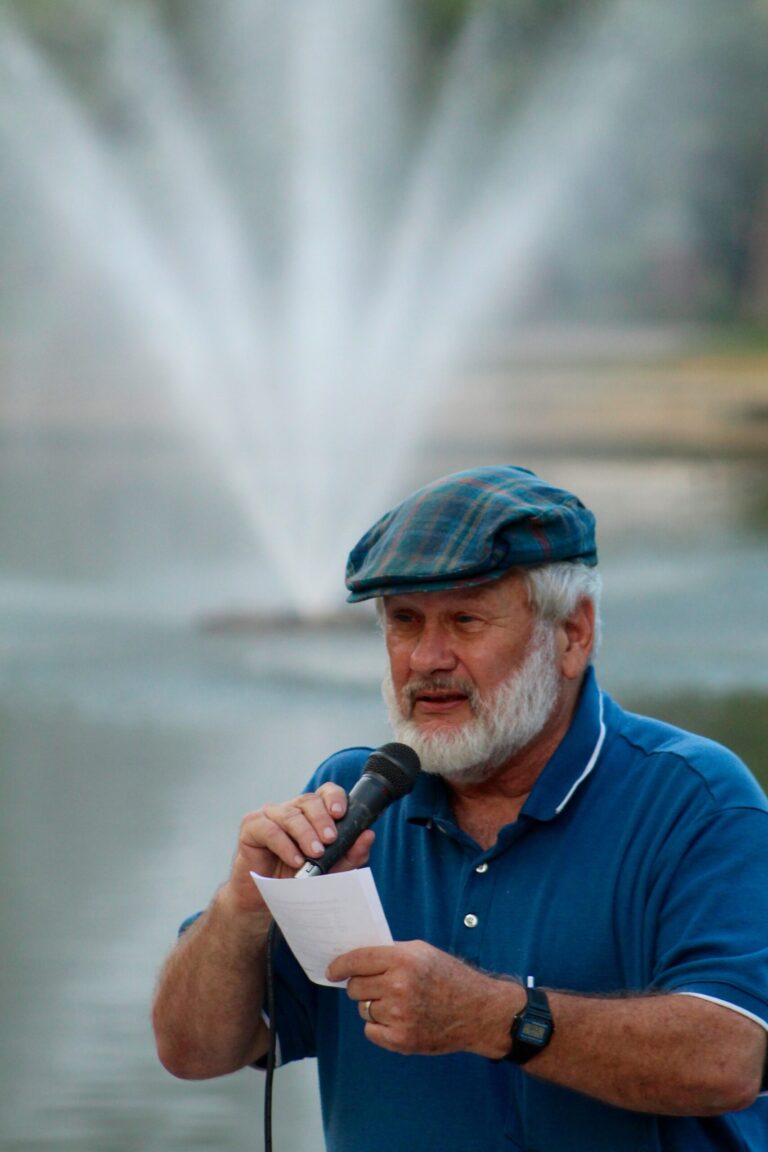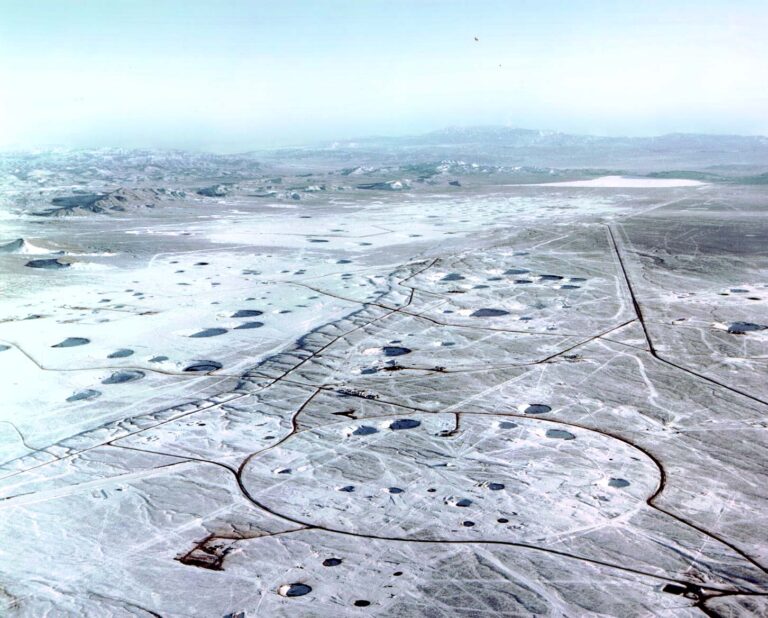By Kristin Scheer
“I now have a comprehensive worldview of the deadly forever-dangerous nuclear chain,” Ann Suellentrop, vice-chair of PeaceWorks KC and member of Physicians for Social Responsibility, says before she returns home from the IPPNW World Congress in Japan. Ann speaks of her recent experience in Nagasaki, where she travelled to participate in and learn from the experts gathered there for International Physicians for Prevention of Nuclear War World Congress.
From Lydia Peterson, a South African activist, tirelessly helping people understand and push back against the nuclear system, Ann shares about the “invisible scars of environmental catastrophe, a slow radioactive disaster” and the unseen harm of radon gas and thorium that are ingested near the mines, where children are absorbing these contaminants at twice the rate of adults.

From Leona Morgan, an indigenous activist from the Grand Canyon, Ann heard how Morgan watched uranium mines there with a drone as it was clear the government and companies involved were telling lies. She referred to a Navaho infant study that found uranium in the urine of Navaho babies equal to that of nuclear workers.
From Dr. Alexander Rosen, pediatrician from Berlin, Germany, Ann learned about Germany’s uranium processing and manufacturing of uranium fuel rods. “It’s not a nuclear cycle,” he said. “It’s a nuclear cul-de-sac; it always ends in nuclear waste.” The waste left in open pits or underground, tailings or solid piles, “pyramids” or liquid is then spread by wind or weather. He said uranium mining ended in Germany in the 1990s but the waste, the “pitch blend” found there, had existed since the Middle Ages. “It was the waste left behind after gold mining. It was radioactive uranium.” He told the conference that during the 1950s thru the 1980s in East Germany, they made 200,000 “yellow cakes” for the Soviet nuclear program and then later used it as building materials and in the making of roads. It has resulted in vast clean-up efforts, $7 billion in euros so far, and may take centuries to fully clean up.
Scientific research studies done on uranium workers found high levels of lung cancer and genetic damage. Dr. Rosen talked about how after Fukushima, German doctors spoke out about the effects of radiation. “Thousands of cities held weekly demonstrations resulting in closing all nuclear energy plants. ACTION is needed along with research!” he told Ann and others at the conference.
A Japanese doctor from New Zealand spoke about disadvantaged communities being seduced by companies for “economic development.”
“It was a mind-blowing conference!” Suellentrop said. “All nuclear enterprises of any kind need to stop, and the damage it’s done needs to be compensated to its victims, and the contamination of the ecosystem needs to be remediated as much as possible,” she concludes. “Especially for the children who take up radioactivity twice as fast as adults.”
— Kristin Scheer leads the Communications Team for PeaceWorks KC. (c) 2025, Ann Suellentrop, Creative Commons Attribution Share-Alike 4.0 International License



